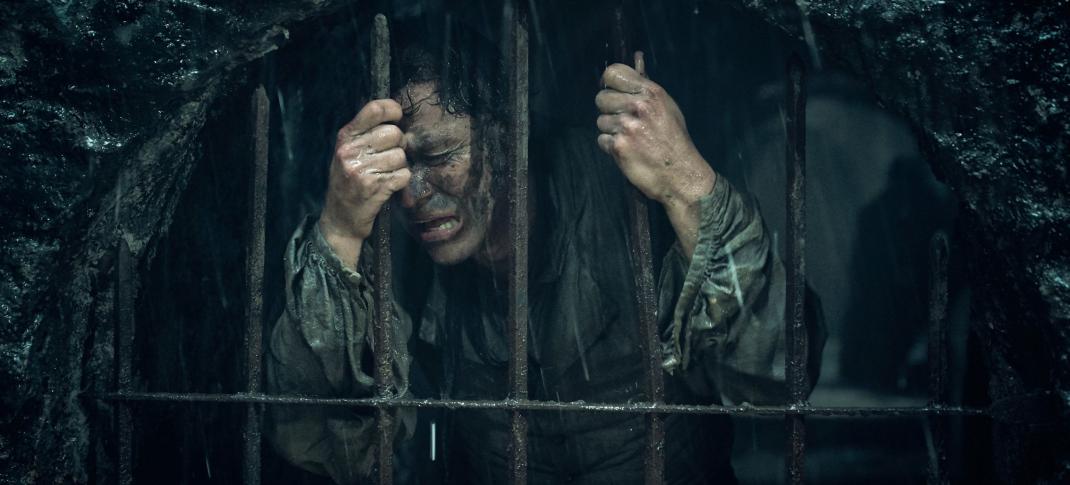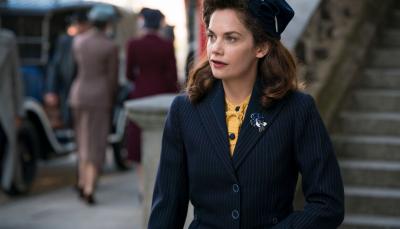The Real History Behind 'Les Miserables;' Finale: 1832 & Beyond

The new Masterpiece adaptation of Les Miserables contextualizes the popular story in France's larger history. Our companion series runs down the history behind the gritty new version of Les Mis and asks how accurate each week's installment is. This week, we take a look at the series finale.
The Fall of The Barricades
In last week's history post, I talked about how the funeral of General Lamarque was the spark that lit the June 1832 tinderbox. Factions upon factions had taken to the streets, all crying out for different things, but with the same way to get there in mind, overthrowing Louis Phillipe. A shot rang out, and the barricades went up, and everyone thought the rebellion was nigh.
Except it wasn't. Look, it's one thing to be a rabble-rouser in the streets during a funeral procession. But these were not an orderly group ready to fight. Soldiers, on the other hand, are always organized and prepped to do battle. It's a defining concept of what they do. The barricades went up, and some idealistic young men believed it was time to overthrow the government...and when they looked around, most of those they thought were with them were gone, taking cover at home, not ready to give their lives when there was no guarantee that overthrowing Louis-Phillipe wouldn't just result in another king no one wanted.
Marius & Cosette's Wedding
The ending of this miniseries feels somewhat rushed, especially the wedding party at the end. In the story, no one questions whether Marius and Cosette are a match that would have passed muster. Heck, the musical jumps right into a song and dance number about jubilation and peace and love and the world is all smiles.
But the show actually touches on something important here, which is that in most instances, someone of Marius' class would not have married Cosette, not without a massive fight. The series takes a moment to establish that Marius' grandfather is so overwhelmed with relief that his grandson didn't get his infernal head blown off, that he gives the boy whatever he wants, including marrying a girl who is basically from nowhere, whose father is of mysterious means. (And who admits to being a massive bread-thieving criminal and then disappears.) It's lovely they get married, and, once again, the show really nails the 1830s style looks here. But let's not pretend this would have been an acceptable match for the grandson of Gillenormand.
France 1832-1848
Perhaps the best moment of the series comes at the very end though, when the camera pans by the two little beggar boys Gavroche was helping out before his senseless death.
There's a reason Hugo's novel is set around a failed uprising, and a decade and a half before the 1848 revolution that actually changed anything happened. Everyone thinks of Les Mis as this story of a man who is saved by the love of God, a nun, and a little girl. Or they see it as a story about Javert vs. Valjean, or a romance of Marius and Cosette. It is all of these things, but Les Miserables isn't called "Valjean" or "Javert" or "Marius & Cosette." It's called Les Miserables. It's about the miserable ones, which the middle class of France passed daily in the street for decades, never looking twice at them as if they were filth. That was the audience for his novel, and this was the appeal: To look down at those people, to see them, and to know that without a real change in France, these people would continue to beg in the gutters for the rest of their lives.
For the record, the revolution of 1848 didn't change this either, which was why Hugo became radicalized. He was finally sent into exile by Napoleon III who came to power post-1848. Les Mis was published while Hugo was in exile, in 1862, in hopes of further inflaming the country to do something about the poverty in their midst.
Perhaps that's why the story still resonates today, as inequality grows between rich and poor once more.




